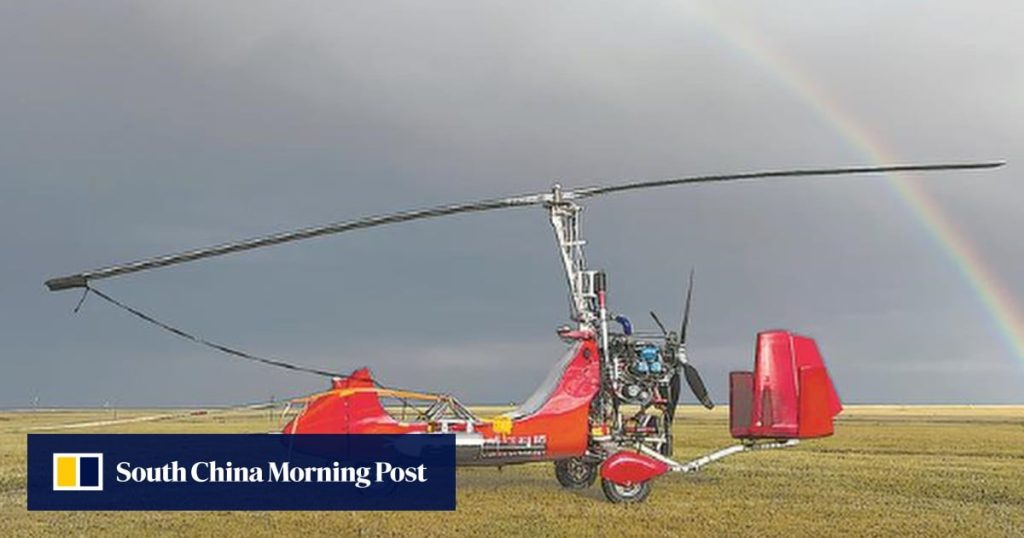A fleet of cloud seeding drones increased rainfall by over 4 per cent across more than 8,000 sq km (3,089 sq miles) in a day, according to the project team led by Li Bin, senior engineer with the China Meteorological Administration.
The operation generated more than 70,000 cubic metres (18.5 million gallons) of additional precipitation – enough to fill 30 Olympic-sized 2 metre-deep (6.5 feet) swimming pools – using 1kg (2.2 Ibs) of silver iodide, a common cloud-seeding compound.
Such an amount of silver iodide powder, six times the density of water, can barely fill a travel mug.
The test, led by the CMA’s key laboratory of cloud-precipitation physics and weather modification (CPML) in Beijing, was detailed in a peer-reviewed paper published in Chinese-language journal Desert and Oasis Meteorology on April 10.
Two models of medium-sized drones – BL-120 and X-G500B-07 – ascended to altitudes of 5,500 metres (18,000 feet) on July 9, 2023, releasing the silver iodide through four consecutive flights over the Bayanbulak Grasslands, according to the study.


